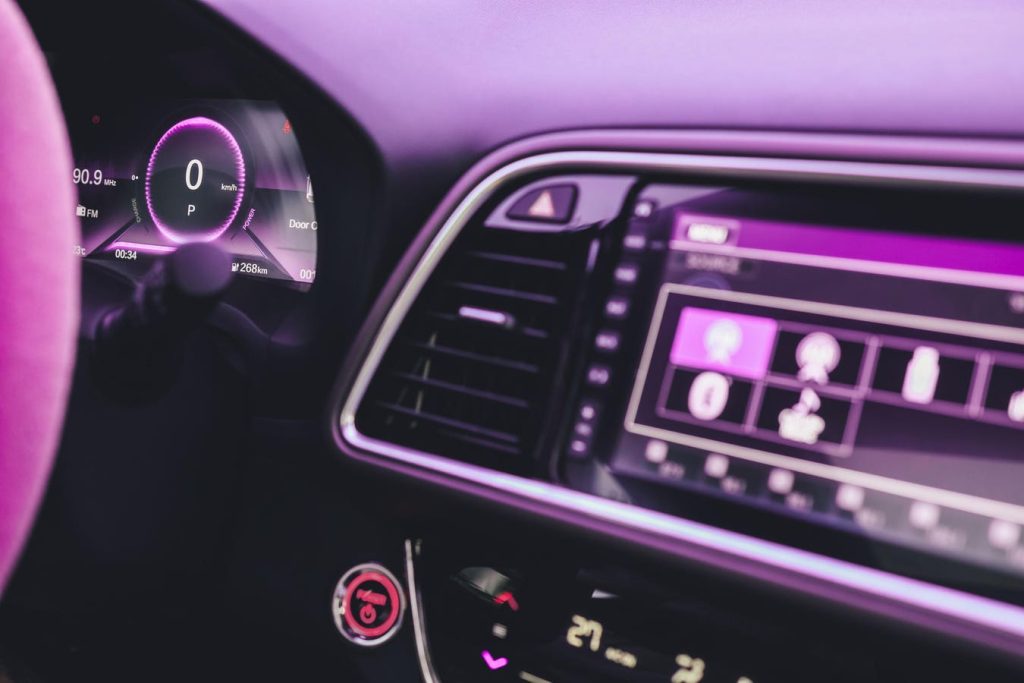Should someone write a song called the “Electric Vehicle killed the AM Radio Star?” Not if the “AM Radio for Every Vehicle Act” continues its progression through Congress. The Act will require car manufacturers to keep AM radio in vehicle dashboards. If enacted, it will require the Secretary of Transportation to issue a rule requiring access to AM broadcast stations in motor vehicles. If they don’t, carmakers could be fined.
Lawmakers are pushing the Act because some carmakers have removed AM radio from new vehicles. Manufacturers of electric vehicles in particular have cited technical challenges, such as electromagnetic interference from electric motors, as reasons for removing AM radio as they fear the impact of the resulting dissipation of the audio quality will lead to complaints.
The Act currently has bipartisan support. Some backers of the legislation worry that Sunday church services and Friday night high school football games—most likely found on the AM dial—would not otherwise be available for listening in the car. Likewise, there are myriad concerns that local information and events that help bind communities together would miss wide swaths of their target audiences.
The fact that Congress is even considering requiring that AM radio be installed in vehicles is a far cry from when radio was first introduced in vehicles. Distracted driving may seem like only a modern epidemic, with the societal finger-pointing aimed at the newest of technological advancements. Ever since they became ubiquitous, smartphones have been the proverbial boogeymen of distracted driving. But the saga of distracted driving has a long history, one that stretches back to the early days of the automobile itself. And it starts with the radio, which was only AM for many decades before the surge of popularity of FM radio in the 1960s and 1970s.
Back in the 1920s and 30s, when the radio was still a novelty, drivers were initially enthralled by the new technology. Listening to music, news, or sporting events became an instant pastime, but the dangers were present. Drivers would become so engrossed in their radios that they would forget to pay attention to the road, and accidents would happen. Such accidents were so prevalent that many cities, states, and even countries considered banning radios altogether.
In the U.S., many states and cities had laws prohibiting the use of radios in automobiles. These laws were mostly aimed at preventing loud music, as, back then, radios were often too large to be concealed. Some states also introduced laws that prohibited radios from being installed in the front seat of a car, hoping to encourage driver focus.
However, these early attempts at regulation were met with resistance. The car radio industry, still in its infancy, argued that these bans were arbitrary and infringed upon the freedom of drivers to choose their entertainment. They also emphasized the educational potential of the radio, and its ability to provide important news and information, especially during the early days of mass information dissemination.
Ultimately, the bans against radios in cars proved unsustainable. The growing popularity of the radio and the lack of conclusive evidence linking radio use to accidents caused the public and lawmakers to back down.
As technology evolved, so too did the distractions. The advent of cassette tapes and CD players provided new avenues for drivers to engage in their entertainment, further exacerbating the issue of distracted driving.
However, the evolution of technology also brought advancements in safety features. The introduction of hands-free calling in the late 1990s was seen as a potential solution to the problem of distracted driving being caused by “old school” cell phones, i.e., flip phones. The idea was that hands-free devices would allow drivers to talk on the phone without taking their hands off the steering wheel, thereby mitigating the risk of accidents.
But the emergence of smartphones in the mid to late 2000s was a game-changer in the distracted driving battle. The smartphone, with its plethora of applications and instant access to the internet, transformed communications as well as information and entertainment consumption. And smartphones remain a major source of distraction while driving.
The problem with smartphones is that they are far more engaging than radios or even hands-free calling. Texting, navigating incoming notifications, browsing the internet, playing games, and even just scrolling through social media are all activities that can easily lead to drivers taking their eyes off the road for extended periods or even critical seconds, resulting in serious accidents.
The consequences of smartphone-related distracted driving are steep. According to the National Highway Traffic Safety Administration (NHTSA), distracted driving is responsible for over 3,000 deaths in the United States each year. But car manufacturers are making their cars integrate even more with smartphones, notwithstanding this danger.
A s technology in vehicles has and continues to advance, the potential for new distractions will only increase. Perhaps requiring AM and other radios in cars could help drivers return to the safest form of distraction, simply listening to the radio. About 82 million people still listen to AM radio, according to the National Association of Broadcasters, a significant portion of which likely listen while driving.
Indeed, while automakers continually add new safety features to counter driver distractions, many drivers are annoyed by encroaching technology and are holding on to older vehicles that don’t have all of these bells and whistles, such as lane departure warnings and automatic emergency braking systems. Somewhat ironically, many drivers find such safety features themselves distracting.
Nostalgic car owners may want to write their legislators now to push for the adoption of the “AM Radio for Every Vehicle Act” before Election Day. Otherwise, the bill will get stuck in a lame duck Congress. If the Act gets delayed, more new cars will be manufactured without AM radios, which will leave many new car buyers who still listen to AM radio without access to the local programs and favorite pundits that have appeared on the airwaves for generations.
Read the full article here










